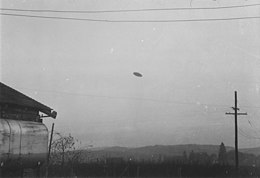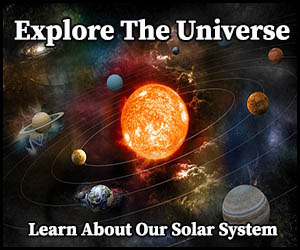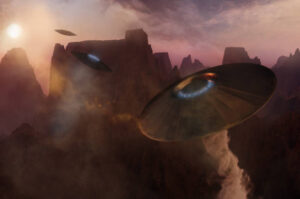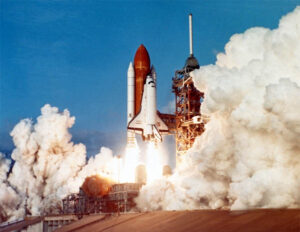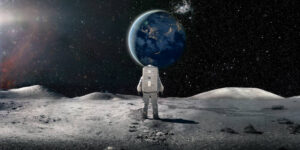Saturn, the sixth planet from the Sun, is one of the most iconic and fascinating members of our solar system. Known for its stunning system of rings and diverse collection of moons, Saturn has captured the imagination of astronomers and the public alike for centuries. This article will explore the key features of Saturn, its atmosphere, weather patterns, and the ongoing research aimed at understanding this mesmerizing gas giant.
Saturn: Characteristics and Features
Saturn, the second-largest planet in our solar system, is a gas giant composed primarily of hydrogen and helium. With a diameter of approximately 116,460 kilometers (72,367 miles), it is roughly nine times the size of Earth. Saturn’s most distinguishing feature is its extensive system of rings, which are primarily composed of ice particles and rock fragments, and range in size from microscopic dust grains to house-sized chunks.
The planet’s atmosphere consists mainly of hydrogen and helium, with trace amounts of ammonia, methane, and water vapor. This composition gives Saturn its characteristic yellowish hue, with subtle bands of clouds in its upper atmosphere.
Saturn’s Atmosphere and Weather Patterns
The weather patterns on Saturn are driven by the planet’s rapid rotation and its internal heat source, which generates more heat than it receives from the Sun. Saturn’s day is just 10.7 hours long, causing its equatorial regions to bulge outward and its polar regions to flatten. This oblate shape, combined with the rapid rotation, results in powerful winds that can reach speeds of up to 1,800 kilometers per hour (1,118 miles per hour) at the equator.
Saturn’s atmosphere also features large-scale storm systems, such as the Great White Spot, which is a periodic storm that can span thousands of kilometers and last for several months. The planet’s hexagonal cloud pattern at its north pole, first observed by the Voyager spacecraft in the early 1980s, is another unique and enduring meteorological phenomenon.
Exploring Saturn and Its Moons
To date, four spacecraft have visited Saturn: Pioneer 11, Voyager 1, Voyager 2, and Cassini-Huygens. The most recent and comprehensive mission, Cassini-Huygens, spent 13 years (2004-2017) studying Saturn, its rings, and its diverse array of moons.
One of the most intriguing discoveries made by the Cassini-Huygens mission was the presence of liquid hydrocarbon lakes and seas on Saturn’s largest moon, Titan. This moon, which has a thick atmosphere primarily composed of nitrogen, is the only known celestial body other than Earth with stable liquid on its surface. The Huygens probe, which landed on Titan in 2005, provided valuable data on the moon’s surface and atmospheric conditions.
Another of Saturn’s moons, Enceladus, has also captured the attention of scientists due to its geysers of water vapor and ice particles, which are ejected from the moon’s south polar region. These geysers indicate the presence of a subsurface ocean, which may harbor the necessary conditions for life.
The Future of Saturn Exploration
Although the Cassini-Huygens mission came to an end in 2017, scientists continue to analyze the wealth of data it provided. Future missions to explore Saturn and its moons, particularly Titan and Enceladus, are under consideration, as they hold the potential to further our understanding of the gas giant and its intriguing satellite system.
Jewel of the Solar System
Saturn, the jewel of the solar system, offers a captivating glimpse into the diverse array of worlds that make up our cosmic neighborhood. Its stunning rings, dynamic atmosphere, and intriguing collection of moons provide fertile ground for ongoing research and exploration. As we continue to study Saturn and its many mysteries, we can expect to gain a deeper understanding of the complex and fascinating processes that shape the planets and moons of our solar system. The exploration of Saturn and its satellite system serves as a reminder of the incredible beauty and diversity of our celestial home and inspires us to continue the quest for knowledge in the vast expanse of the cosmos.



